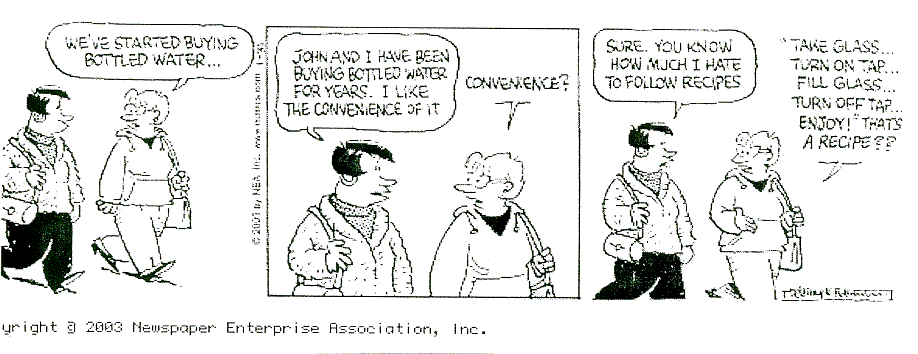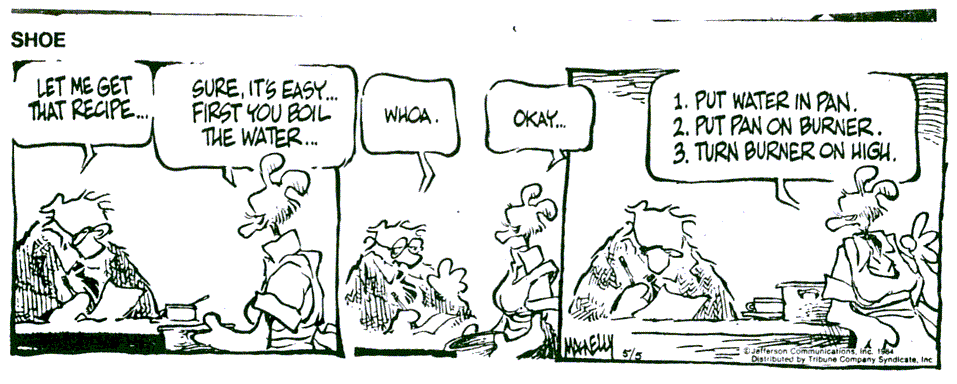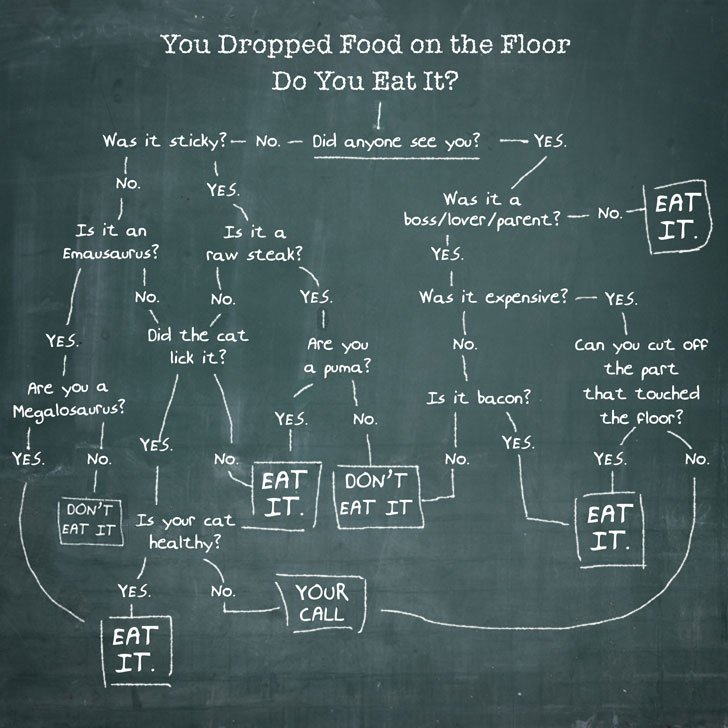
The Department of Computer Science & Engineering
|
|
CSE 111: Great Ideas in Computer Science
|
1834 - Regarded as the first computer is Charles Babbage's Analytical Engine, which was never built but incorproated everything needed to do general purpose computation mechanically! Babbage is considered to be the "father of the computer" as he was the first to design and attempt to build a mechanical computer. Ada Lovelace is often considered to be the first computer programmer, having written an algorithm intended for use on the Analytical Engine (this is not without controversy though, as a working Analytical Engine wasn't built until 1991, not within her lifetime).
1936 - Alan Turing published his paper "On Computable Numbers, with an Application to the Entscheidungsproblem" which defines the model of computation we still use today.
During WWII, great advances in computation occured - some of which was because of efforts in cryptoanalysis to crack the Enigma code used by the Germans. Alan Turing once again was instrumental in this effort.
1943 - Thomas Watson (from IBM) says "I think there is a world market for maybe five computers."
1950 - UNIVAC does the US census. It also predicts Eisenhower will win the presidential election in 1952. Also Alan Turing publishes his paper on the Turing Test, asking the question of whether or not computers can think.
1957 - FORTRAN, to become and extremely popular programming language, released.
1972 - First computers join ARPANET, which will become the Internet.
1977 - Apple II released.
1981 - IBM PC released.
1984 - Macintosh released. The Internet contains ~1000 hosts.
1991 - Tim Berners-Lee "invents" the World Wide Web.
1997- IBM's Deep Blue beats world chess champion Kasparov.
1998 - Google launched.
1999 - Napster created.
2011 - Watson wins on Jeopardy.
There are many more complete timelines of computer history on the web. A couple good ones are the ones by the Computer History Museum, and the more complete but less detailed one here. There's a pretty neat article from IEEE Spectrum about some items from the Computer History Museum. There's also a really neat training video set about a Navy mechanical targeting computer from the 50's on YouTube (there's 7 parts - this links to part 1).
What Isn't Computer Science
Informally, an algorithm is like a recipe which tells you (or a computer!) how to do
something.

It might sound silly, but it’s a simple algorithm for getting water!

“Boil water” is what we might call a named procedure. When we wish to perfrom an operation many times or in many situations, instead of enumerating each of its steps every time we give a certain sequence of steps a name. These named procedures require certain things to be true before they start (eg. you own a pan, water is accessable), and gurantee a certain outcome when they are done (ie. you now have boiling water).

Algorithms have to be specific. You can’t rely on “common sense”
since everyone has their own (and computers have none)!
We can view a computer as a black box which we give some information to, and get back something else by "turning a crank." First we have to start by having some way to specify a problem we're looking at. One way to do this is by looking at functions (note that a function itself doesn't do anything, we'll talk about methods for computing functions in a bit).
A function is a set of input-output pairs, <input, output>, such that no
two have the same input. That is, there may not be more than one
output for a single input. The successor function:
successor = <0, 1>,<1, 2>,<2, 3>, ...
We could alternatively write this as
successor(0) = 1; successor(1) = 2; successor(2) = 3; ...
Functions can be finite, that is, have a number of outcomes which is not infinite.
answer = <’Hi’,print ’Hello there!’>;<’Bye’, print ’Goodbye!’>;< input != ’Hi’ & input != ’Bye’, print ’Hmm, interesting’>
They also can be partial, meaning they are undefined for some values.
sqrt = < 1; 1 >,< 4; 2 >,< 9; 3 >, ...
Note that functions don't do anything - they are simply a mapping from input to output. What we're really interested in is the mechanics which let us compute a function. That is, given an input, we should get the output that we expect.
Therefore, we say a function f is computable if there exists an algorithm which computes f. This should give you the clue that there are some functions which are not computable! We'll get there later in the course.
An algorithm, more formally then, is a finite procedure for computing f that:


There are only so many for convenience - any one can perform the operations of the other two! We'll concern ourselves mostly with the "For each" loop, as it's most natural to think about.
Let's look at an example having to do with looking through a stack of papers for a specific one:
for each paper in papersHere's something more complex:
for each x in range(5)Note, range(5) is meant to generate the list (0, 1, 2, 3, 4).
In-Class Exercise: What does this output?
Class Exercise: Design the addition algorithm for the grade school method of addition.